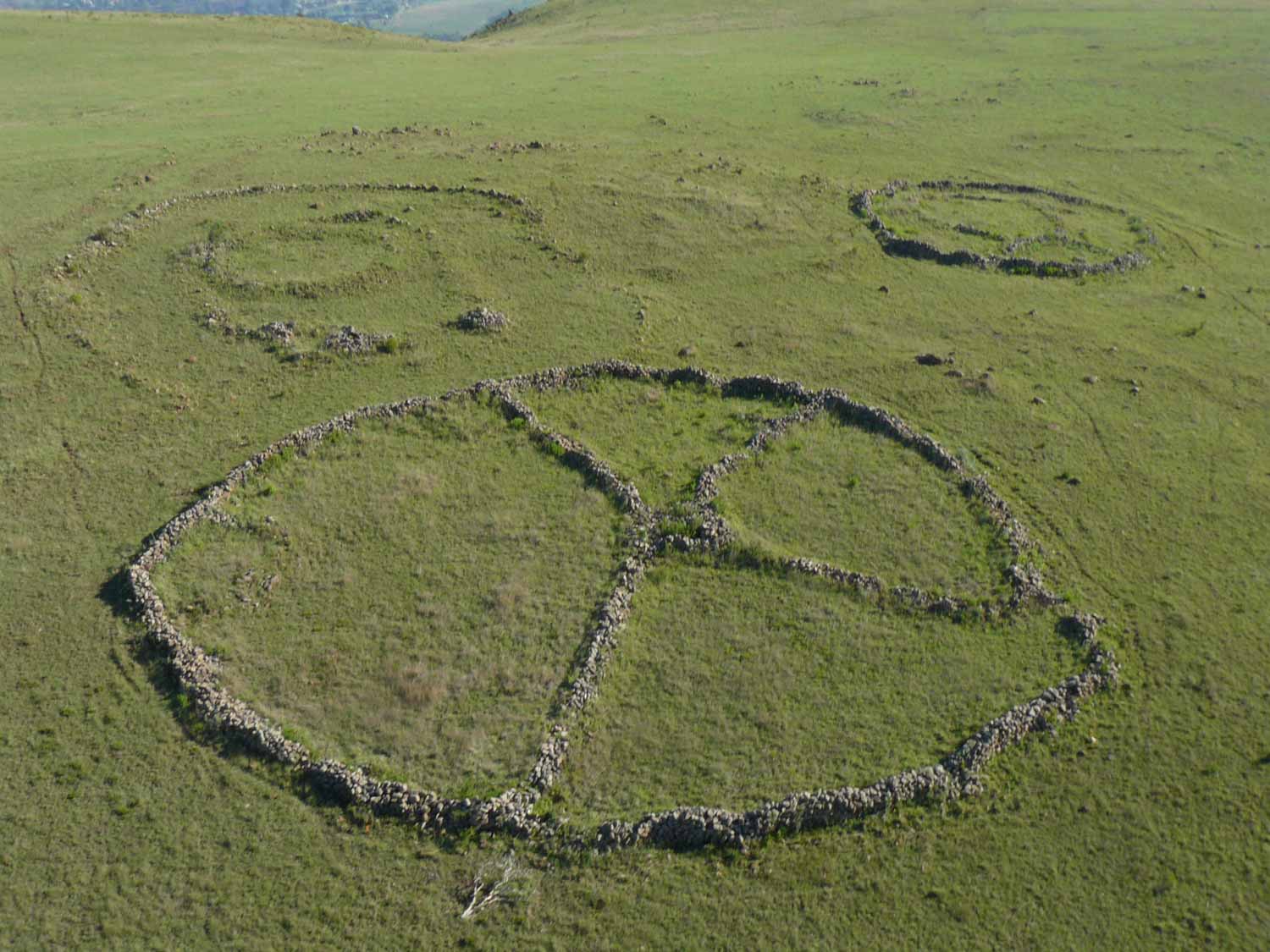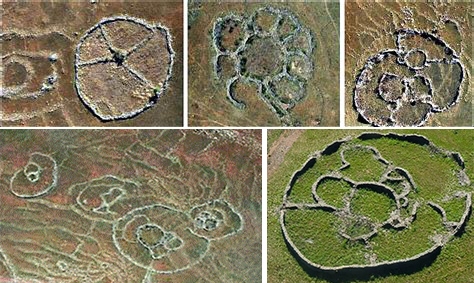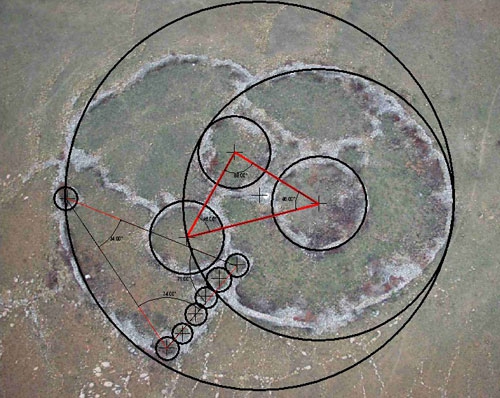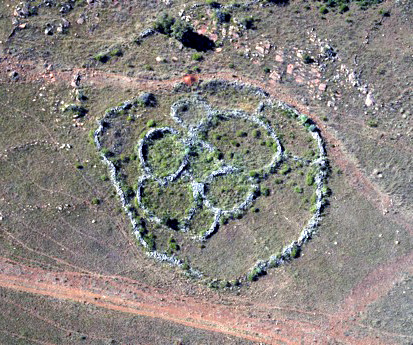Stone Circles in South Africa

The Enigmatic Stone Circles of South Africa: A Glimpse into Ancient Civilizations
The South Africa stone circles are round megalithic structures scattered throughout the South African territory. These mysterious formations have captivated researchers and explorers for over a century.
Discoveries and Estimates of South Africa Stone Circles
The first estimate of these ruins was made in 1891 by English explorer Theodore Bent, who estimated there were about 4,000 circles. By 1974, this estimate had risen to 20,000. Today, researcher and expert Michael Tellinger estimates the number of ancient stone ruins to be 100,000 or possibly even higher.
Electromagnetic Fields and Ancient Technology
These structures also possess strong electromagnetic fields capable of generating powerful toroidal fields. This peculiarity led Dr. Michael Tellinger to study them scientifically. You can read more on his blog here.
Discovery of a Lost Metropolis
About 280 km west of the port of Maputo, the capital of Mozambique, the remains of a large metropolis were discovered. According to conservative estimates, this metropolis covered an area of about 5,000 square km and was part of an even larger community spanning about 35,000 square kilometers, dating back to a period between 75,000 and 160,000 BCE.
Ancient Gold Mines and Early Civilization
The thousand gold mines discovered over the last 500 years indicate a vanished civilization that lived by mining gold in this region for thousands of years. If this area is indeed the cradle of mankind, we may be examining the activities of the oldest civilization on Earth.
Historical Misconceptions
When the first explorers encountered these ruins, they assumed they were cattle pens made by nomadic tribes such as the Bantu people, who moved south and settled in this land around the 13th century. There was no historical evidence of an earlier, more ancient civilization capable of creating such densely populated communities, and little effort was made to investigate the site further.
Michael Tellinger’s Research
The situation changed when researcher Michael Tellinger, in collaboration with Johan Heine, a local firefighter and pilot, began to study these ruins. Heine had observed these stone formations from the air for years, recognizing their significance.
Aerial and Satellite Imagery
These enigmatic stone formations can be truly appreciated only from the sky or through satellite imagery. Many have eroded or been covered by agricultural activities over time. However, some have survived well enough to reveal their large size, with some original walls standing up to nearly 2 meters high and over a meter wide in some places.
A Meticulously Designed Community
Examining the entire metropolis reveals a well-designed community developed by an evolved civilization. The South Africa stone circles seem to have been built according to geometric proportions. The numerous ancient gold mines suggest why the community settled in this area. Roads extending for about 500 kilometers connected various communities, similar to the Inca terraces in Peru.
Adam’s Calendar and Beyond
The highlight of the area is undoubtedly the so-called “Adam’s Calendar“. Johan Heine’s discovery has opened a Pandora’s box, leading to the identification of numerous stone settlements that represent a fascinating and enigmatic new chapter for contemporary archaeology. It is estimated that there are over 20,000 ancient stone ruins scattered across the mountains of South Africa.
Controversy and Speculation
Archaeologists and anthropologists speculate about the origins of these mysterious ruins, often dismissing them as ‘material of little importance.’ However, a more attentive segment of the scientific community sees a surprising new picture of ancient history in these African ruins, challenging traditional historiography, which focuses primarily on Sumer and Egypt as the earliest civilizations.
The Mystery of the South Africa Stone Circles
The truth is that very little is known about these spectacular ancient ruins, and sadly, many have been destroyed by ignorance, forestry, farming, and urban development. These findings pose a huge challenge for archaeologists, anthropologists, and historians, given that the history of human civilization is commonly placed no earlier than 12,000 years ago, with the birth of agriculture.
Ancient Astronomical Observatories and Temples
These structures are not simply isolated remnants of migrating hunter-gatherers but real astronomical observatories and temples of an ancient lost civilization dating back many thousands of years.



